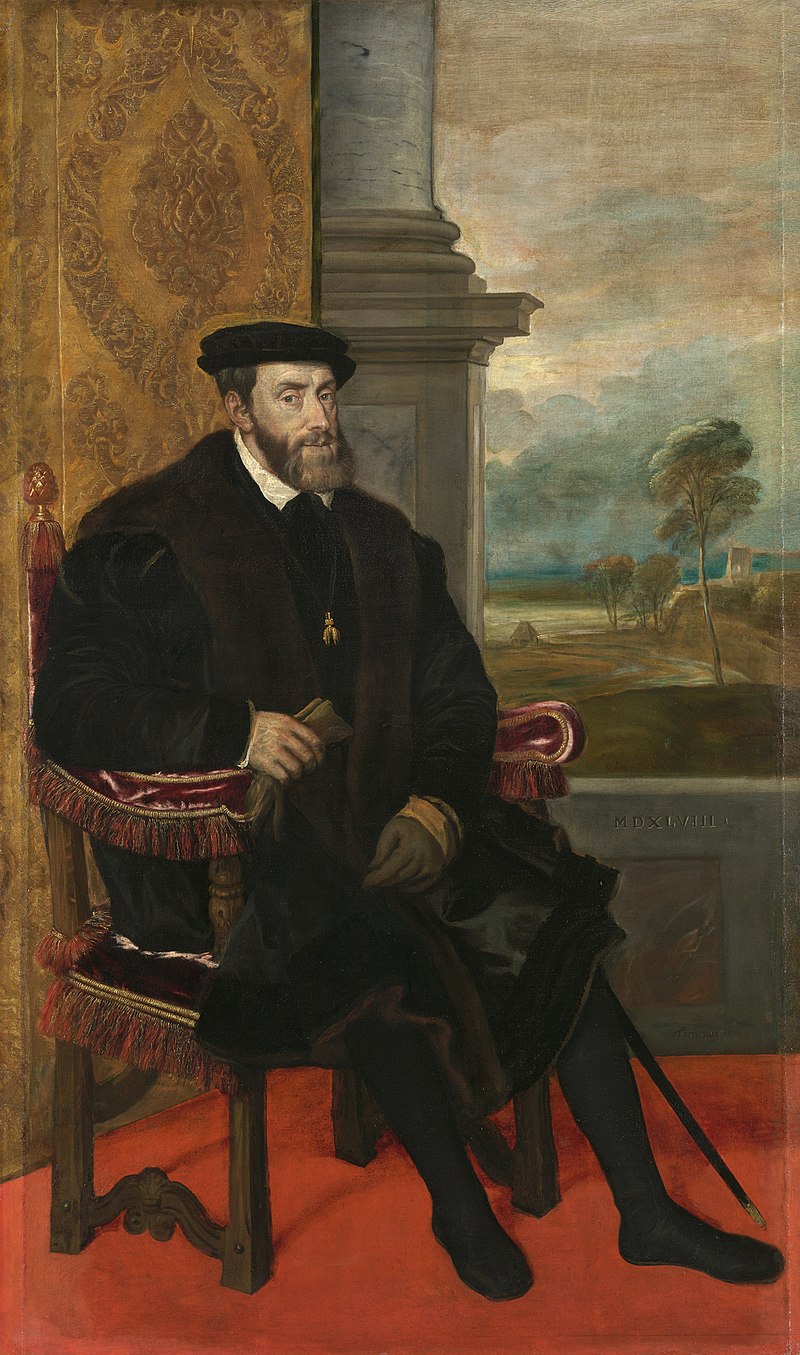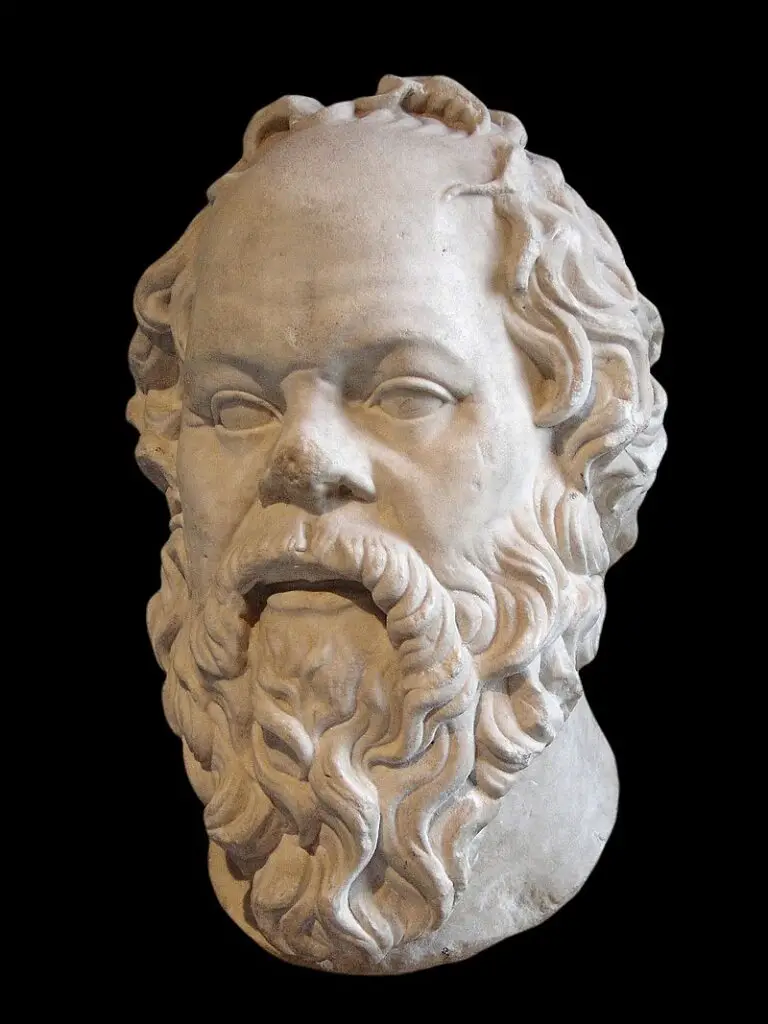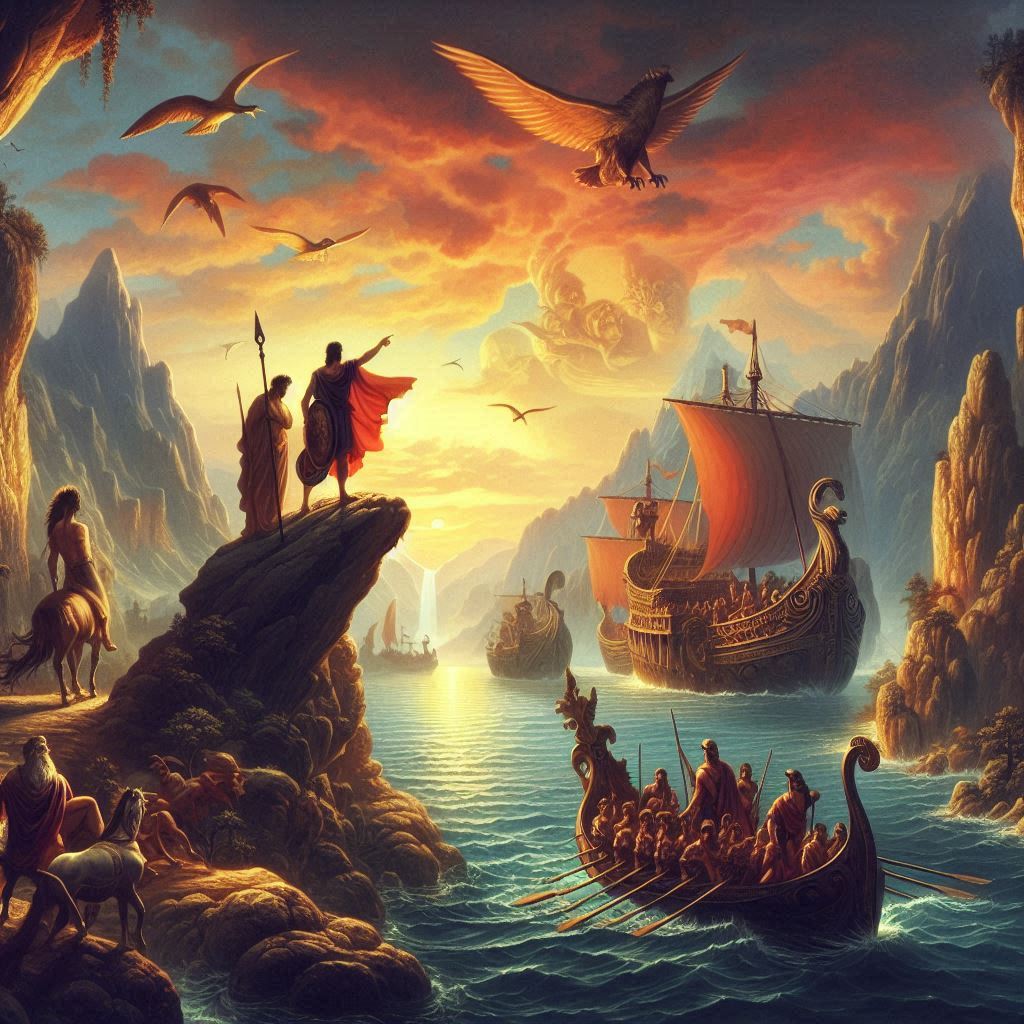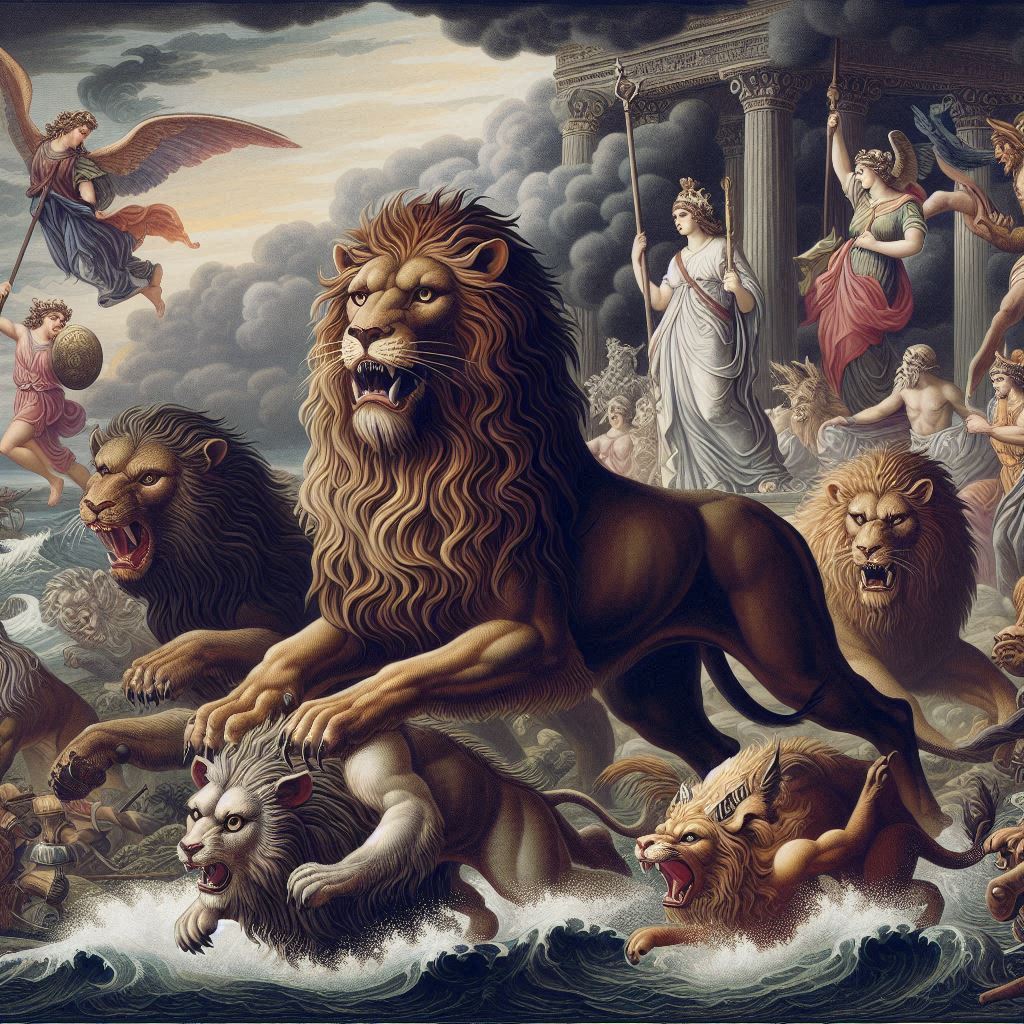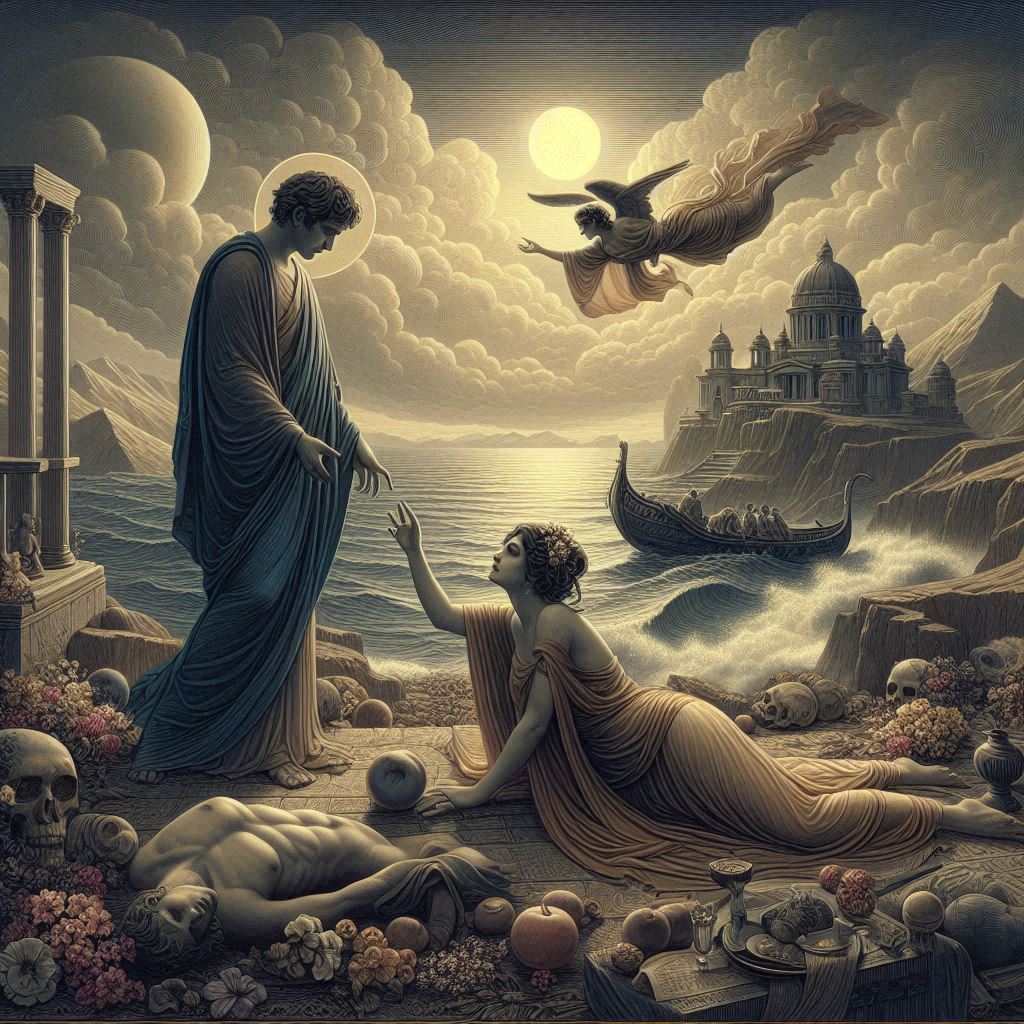Charles V (1500-1558) was a powerful ruler who held the title of Holy Roman Emperor from 1519 until his abdication in 1556. Born into the Habsburg dynasty, he ruled over an extensive empire, including Spain, the Netherlands, and vast territories in the Americas. Charles faced challenges such as the Protestant Reformation, conflicts with France, and the expansion of the Ottoman Empire. His reign left a lasting impact on European history, characterized by the complex interplay of political, religious, and imperial dynamics during a transformative period.
Charles V was born into the House of Habsburg, a powerful European dynasty with extensive territories, including Austria, the Low Countries, and Spain. His father, Philip the Handsome, was the Duke of Burgundy, and his mother, Joanna of Castile, was the daughter of Ferdinand II of Aragon and Isabella I of Castile. The death of Charles’s father when he was only six years old marked the beginning of a complex childhood shaped by dynastic intrigues and conflicting interests.
Upon the death of his maternal grandfather, Ferdinand II of Aragon, in 1516, Charles inherited the Spanish crown and its extensive territories. This sudden accession to the throne of a vast empire at the young age of 16 set the stage for a tumultuous early reign. To secure his position, Charles had to navigate the intricate webs of European politics and manage the diverse and sometimes rebellious regions within his domains.
In 1519, Charles was elected Holy Roman Emperor, succeeding his paternal grandfather, Maximilian I. This added the title of Emperor to his already impressive array of titles and responsibilities. The Holy Roman Empire, a loosely federated union of territories, was a complex and challenging entity to rule. Charles faced constant struggles with the imperial princes, who sought to assert their autonomy and resist centralization.
One of the defining features of Charles V’s reign was the geopolitical landscape of Europe during the early 16th century. The Renaissance was in full swing, and the continent was characterized by a delicate balance of power, with multiple kingdoms, principalities, and city-states vying for influence. The Reformation, sparked by Martin Luther’s Ninety-Five Theses in 1517, added a layer of religious complexity to this political tapestry.
The Reformation presented a profound challenge to Charles V’s authority. The religious divisions within his territories, particularly the spread of Protestantism, threatened the unity of the Holy Roman Empire. The Diet of Worms in 1521, where Luther was summoned to answer charges of heresy, showcased Charles’s attempt to assert imperial authority over religious matters. The Edict of Worms condemned Luther, but it failed to suppress the Protestant movement.
The early years of Charles’s reign were marked by conflicts with France, particularly the Italian Wars. The Battle of Pavia in 1525, where Charles decisively defeated the French and captured King Francis I, solidified his military reputation and enhanced Habsburg dominance in Italy. However, Charles’s preoccupation with conflicts in Italy and other parts of his empire strained his resources and attention.
The Peace of Cambrai in 1529, also known as the Ladies’ Peace, temporarily settled conflicts between Charles V, Francis I, and Pope Clement VII. The peace allowed Charles to focus on the growing challenge of the Ottoman Empire, which posed a significant threat to the Habsburg territories in eastern Europe. The Ottoman-Habsburg rivalry would become a recurring theme throughout Charles’s reign.
The mid-16th century saw a shifting political landscape in Europe, with the rise of the Schmalkaldic League, a military alliance of Protestant princes within the Holy Roman Empire. The tensions between Catholic and Protestant forces escalated into the Schmalkaldic War (1546–1547). Charles, backed by the Papal States and other Catholic allies, emerged victorious at the Battle of Mühlberg in 1547.
The Augsburg Interim of 1548 attempted to provide a temporary religious settlement within the Holy Roman Empire, allowing some concessions to Protestant rulers while maintaining a Catholic framework. However, the Interim failed to achieve lasting religious peace, and the subsequent Peace of Augsburg in 1555 officially recognized the principle of cuius regio, eius religio (“whose realm, his religion”), granting rulers the authority to determine the religion of their territories.
As Charles V grappled with religious challenges, he faced external threats from the Ottoman Empire. The Ottoman-Habsburg Wars, which spanned much of Charles’s reign, marked a series of conflicts over territories in southeastern Europe. The Battle of Lepanto in 1571, fought after Charles’s abdication, was a notable engagement where the Holy League, led by Spain and the Papal States, defeated the Ottoman navy.
Charles V’s reign saw extensive efforts to consolidate Habsburg power in Spain and its overseas territories. The Spanish colonization of the Americas expanded, with explorers like Hernán Cortés in Mexico and Francisco Pizarro in Peru acquiring vast territories for the Spanish crown. The influx of wealth from the Americas contributed to the rise of Spain as a global power.
The complexities and vastness of Charles V’s empire took a toll on his health and well-being. Charles suffered from a range of physical ailments, including severe gout and mental exhaustion. The burden of ruling diverse territories with distinct cultures, languages, and political structures strained his resources and energy. In 1556, facing declining health and the challenges of governing such a vast realm, Charles made the momentous decision to abdicate.
The Abdication of Charles V took place in the Hall of Mirrors at the Palace of Brussels on October 25, 1555. Charles handed over the imperial crown to his younger brother Ferdinand I, while his son, Philip II, inherited the Spanish crown and the Habsburg territories outside the Holy Roman Empire. Charles retired to the Monastery of Yuste in Spain, where he spent the remaining years of his life in reflection and contemplation.
The abdication of Charles V marked the end of an era. His reign had shaped the course of European history, witnessing the collision of political, religious, and imperial forces. The Peace of Augsburg, though a temporary settlement, set the stage for the later Peace of Westphalia in 1648, which established the principle of religious tolerance within the Holy Roman Empire.
Charles V’s retirement in Yuste allowed him to distance himself from the complexities of ruling an empire and engage in intellectual pursuits. He continued correspondence with scholars and remained connected to the evolving political landscape. Charles died on September 21, 1558, at the age of 58, leaving behind a legacy that transcended his era.
The legacy of Charles V is complex and multifaceted. His reign witnessed the zenith of Habsburg power, marked by territorial expansion, religious conflicts, and global exploration. The challenges he faced in attempting to govern such a vast and diverse empire showcased the inherent difficulties of maintaining unity within the Holy Roman Empire.
Charles V’s approach to the Reformation was characterized by attempts at religious conciliation, but the complexities of the religious landscape defied easy resolution. The Peace of Augsburg, while offering a temporary compromise, highlighted the inherent challenges of reconciling diverse religious beliefs within the Holy Roman Empire.
Charles V’s role in the geopolitics of his time, particularly in dealing with the Ottoman Empire and the ongoing conflicts with France, contributed to shaping the balance of power in early modern Europe. His military successes and diplomatic maneuvers left a lasting impact on the Habsburg legacy.
The Habsburg Empire under Charles V laid the groundwork for the later dominance of the Spanish Habsburgs, particularly during the reign of his son, Philip II. The wealth accrued from the Americas fueled Spain’s influence on the global stage, making it a major European power for centuries.
Charles V’s personal struggles with health and the burdens of rulership reflected the human challenges inherent in wielding imperial authority. His decision to abdicate demonstrated a rare acknowledgment of the limitations of one individual to govern such a vast and diverse empire effectively.
The abdication of Charles V and his retirement to Yuste marked a departure from the typical narratives of power and rulership. His choice to spend his final years in contemplation, surrounded by books and scholars, showcased a more reflective and intellectual side of the ruler. Charles’s engagement with learning and culture during his retirement added a unique dimension to his legacy.
The legacy of Charles V extends beyond his own reign, influencing the trajectory of the Habsburg dynasty and the broader European landscape. The Peace of Westphalia in 1648, which ended the Thirty Years’ War, built upon the precedents set by the Peace of Augsburg, further establishing the principles of religious tolerance and the sovereignty of individual states.
Charles V’s impact on European history is also reflected in artistic and cultural expressions of his time. The works of painters like Titian, who created portraits of the emperor, and the architectural endeavors associated with the Habsburgs contributed to the cultural richness of the period.
